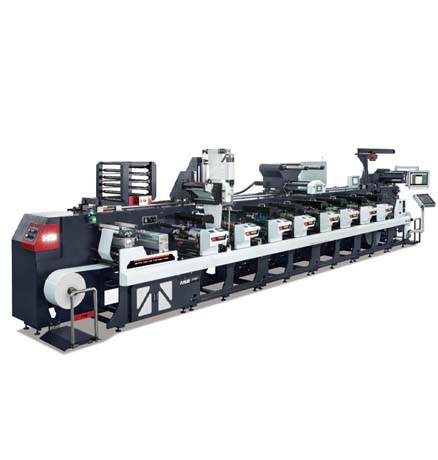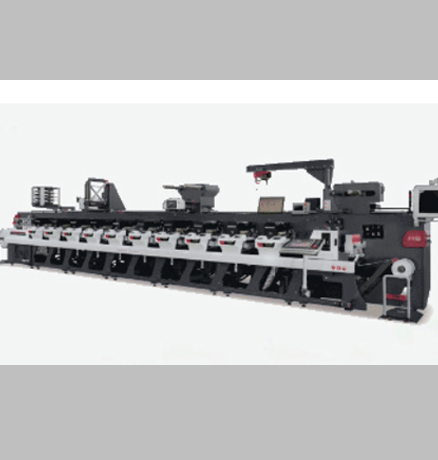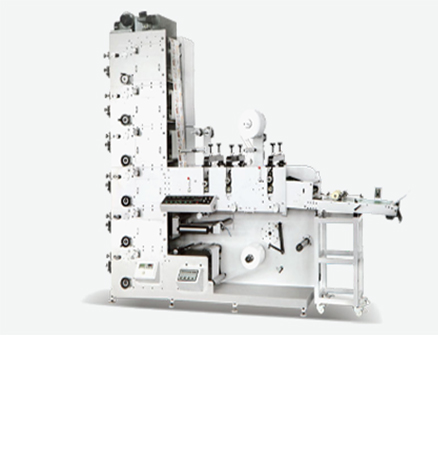Flexographic label printing machine is widely used in the field of label printing. Its workflow mainly covers a series of steps from the preparation stage to the printed product. The following is a typical flexographic label printing machine workflow:
1. Plate preparation:
Select plates suitable for flexographic printing, such as rubber plates or photosensitive resin plates.
According to the printing pattern and text design, plate making work is carried out, including exposure, development, drying and other steps to produce printing plates with graphic information.
2. Ink preparation:
According to the requirements of the printed matter, select the appropriate ink type and color.
Stir and dilute the ink to ensure the fluidity and printing effect of the ink.
3. Material preparation:
Prepare the label materials to be printed, such as paper, plastic film, etc.
Check whether the quality and size of the materials meet the requirements and ensure that the surface of the materials is flat and flawless.
4. Equipment debugging:
Debug the flexographic label printing machine, including adjusting parameters such as printing pressure, ink supply, and printing speed.
Ensure that all parts of the machine operate normally without abnormal sounds and vibrations.

1. Plate loading and installation:
Install the prepared printing plate to the corresponding position of the printing press.
Adjust the position and angle of the printing plate to ensure that the graphic information corresponds to the position of the label material.
2. Ink supply:
Start the ink supply system to deliver ink to the printing plate.
Control the supply of ink to ensure the clarity and color saturation of the printing effect.
3. Printing operation:
Start the printing press and start the printing operation.
During the printing process, closely observe the printing effect and adjust the parameters such as printing pressure and speed in time.
Pay attention to check the quality of the printed product, such as whether there is missing printing, ghosting, blurring, etc.
1. Drying:
Dry the printed labels to accelerate the drying and curing process of the ink.
The drying method can be natural air drying, hot air drying or ultraviolet curing.
2. Cutting and waste discharge:
Cut the printed labels as needed to obtain the required label size and shape.
Cut off the excess waste edges and waste materials to keep the labels neat and beautiful.
3. Quality inspection and packaging:
Perform quality inspection on the printed labels to ensure that there are no defects and defective products.
Package the qualified labels for storage and transportation.
After completing the printing task, clean and maintain the flexographic label printing machine in time.
Check the wear of each component and replace the damaged parts in time.
Lubricate the machine to reduce wear and extend the service life.
Through the above work process, flexographic label printing machine can efficiently and stably complete the label printing task to meet the needs of various printed products.


GET A QUOTE